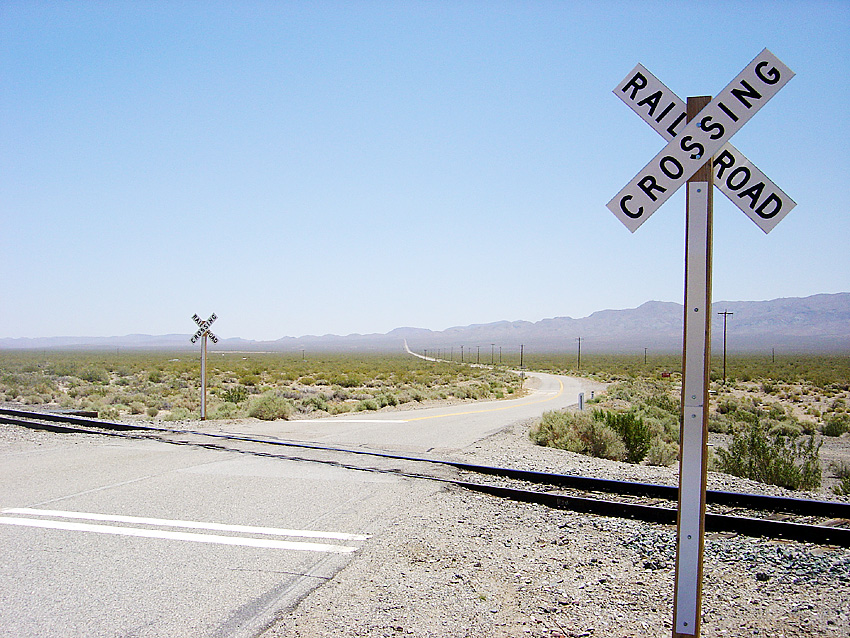Trucks ignored the bells and horns and continued to cross in front of the moving locomotive I was in, back when I toured the San Francisco Bay Railroad in Hunters Point in 2018.
That was the first time I experienced firsthand something I've seen from the sidelines and heard from people in the railroad industry repeatedly--reckless motorists ignore warnings and cut in front of moving trains continually. Usually, they get away with it.
I've been thinking about that experience in light of two recent Amtrak-versus-motorists tragedies. One took place in Brentwood, killing three. The other happened in Missouri after a dump truck drove in front of a train on its way from Los Angeles to Chicago. Four people were killed, including three Amtrak passengers. The entire train derailed.
And yet the reporting, as when motorists kill cyclists and pedestrians, shows the same windshield bias one sees when reckless or oblivious motorists kill vulnerable road users. Stories include the word "accident" and focused on the lack of mechanical arms at rural crossings.
I feel terrible for the drivers, their passengers, and the passengers on the Amtrak train who were hurt or killed. I feel terrible for people who suffer from depression and are driven to suicide, often at railway crossings. And yes, there are situations where fully separating tracks and roads is clearly necessary and appropriate. But if we're serious about preventing these types of wrecks we have to be brutally honest.
It's not the grade crossings and the trains that are the problem.
Both recent tragedies took place in flat locations with good sight-lines in broad daylight (I ride the train that goes through Brentwood several times a year). These were not "accidents." Trains do not "come out of nowhere." And even if crossing gates might be deemed appropriate at the locations, gates are a backup. Trains have bells and incredibly loud horns that are sounded multiple times at every road crossing. They also have bright headlights that remain on, day and night. Perhaps the motorists had medical events just prior to these recent collisions, but it's clear who's at fault.
Bells and mechanical arms can help, but they don't solve the problem of reckless drivers trying to beat trains or grid-locking on tracks. According to Operation Lifesaver, every three hours in the U.S. a person or vehicle is hit by a train, despite the abundance of gated crossings. I live in Jack London Square, and I watch reckless drivers go around them every day. If resources are going to be spent on safety, how about protecting cyclists and pedestrians from these motorists, rather than trying to protect them from their own maleficence? The Missouri crash was a very unusual outcome--given the relative mass, train passengers are typically unharmed. Since trains are several orders of magnitude safer than cars as a means of travel, it would save more lives to add tracks and run more trains, rather than installing and maintaining gates everywhere a track crosses a dirt road.
Right now the penalty for ignoring all the warnings and racing a train across the tracks is just a fine and points on one's license. Same for motorists who gridlock because they're too impatient to wait for space to open up on the opposite side of the tracks. Motorists who don't take the threat of a train collision seriously or are that oblivious to their surroundings are an immediate threat to themselves and everyone else on the street, every time they get behind the wheel. We need laws to ban them from driving for life.





